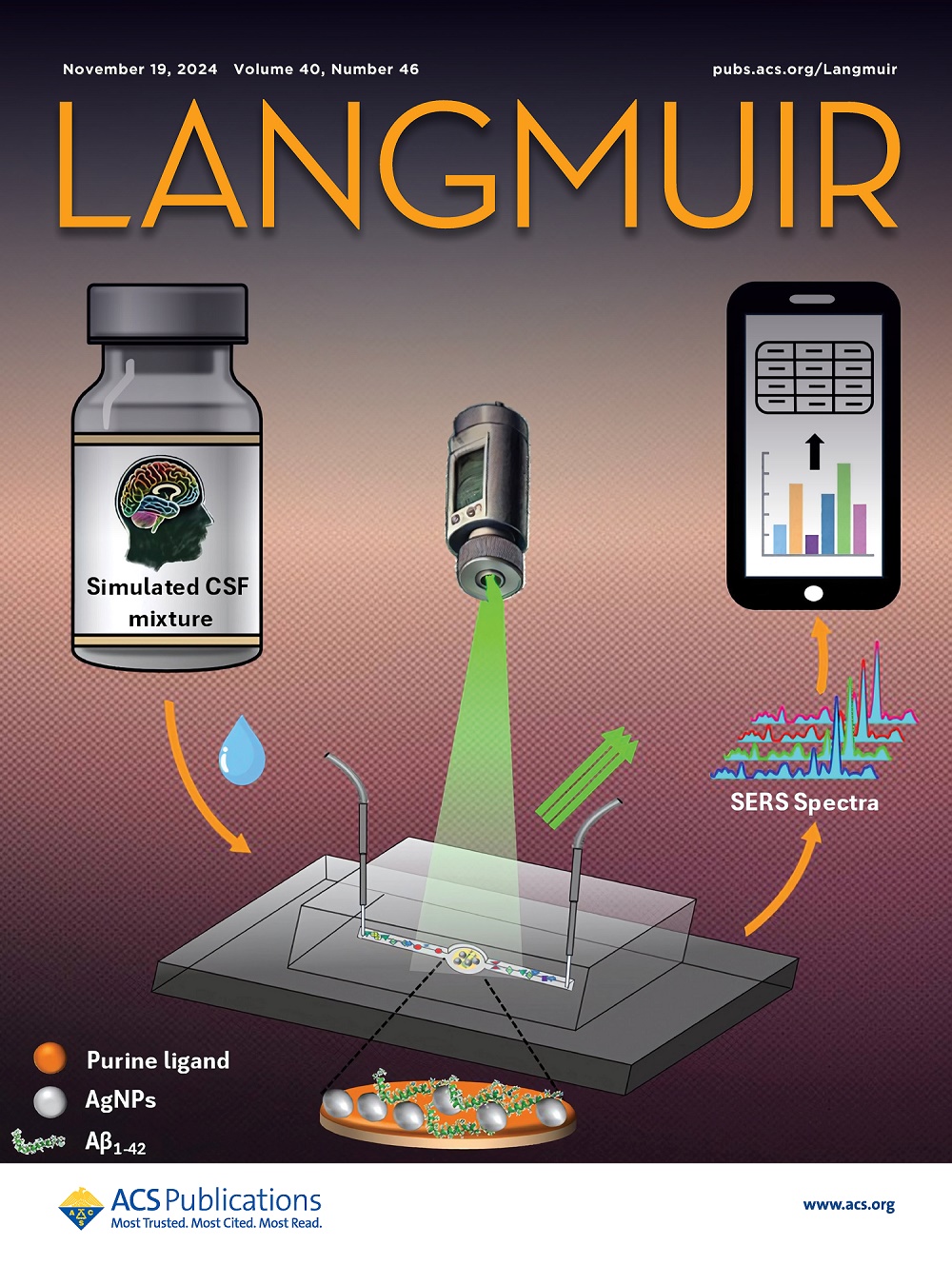Construction of Di- and Tricarboxylic Acid Facilitated Lanthanum-Based Organic Frameworks on Agricultural Waste Biomass for Adsorption and Removal of Phosphorus from Aqueous Solution.
IF 3.9
2区 化学
Q2 CHEMISTRY, MULTIDISCIPLINARY
引用次数: 0
Abstract
Agricultural advancement boosts food production and economic growth but also causes solid waste and phosphorus pollution. Using agricultural waste to tackle pollution is a sustainable way to reduce environmental harm and promote resource recycling. In this study, lanthanum (La)-based metal-organic frameworks (MOFs) utilizing terephthalic acid (BDC) and 1,3,5-benzenetricarboxylic acid (BTC) as linkers─referred to as La-BDC MOF and La-BTC MOF, respectively─were synthesized on agricultural waste in the form of rapeseed pollen (PL) biomass, resulting in a refined support with enhanced functionality. A variety of advanced instrumental techniques were employed to investigate the formation of PL@La-BDC MOF and PL@La-BTC MOF. The maximum adsorption densities of PO43- achieved under optimal conditions were recorded at 35.8 mg/g for PL@La-BDC MOF (pH 6.0, 25 °C) and 39.4 mg/g for PL@La-BTC MOF (pH 9.0, 35 °C). These values significantly surpass those reported for previously developed La-based adsorbents. The adsorption processes are best described by the pseudo-second-order model, indicating that chemisorption is the predominant mechanism. The presence of PO43- on both the PL@La-BDC MOF and PL@La-BTC MOF following the adsorption process was verified through FT-IR and XPS analyses. In the case of PL@La-BDC MOF, the primary mechanism involves phosphorus anions in solution displacing hydroxyl groups that are coordinated to the central metal, La, through a ligand exchange process coupled with electrostatic attraction. For PL@La-BTC MOF, the main mechanisms involve electrostatic interactions and the chemisorption of carboxyl groups associated with the phosphorus. Moreover, both materials possess enhanced selective adsorption capabilities for phosphorus and exhibit robust anti-interference properties. This work presents an effective and eco-friendly biomass adsorbent for efficient phosphorus adsorption in solutions. It provides insights for utilizing agricultural waste in environmental remediation, enhancing the practical application of natural waste materials.二羧酸和三羧酸的构建促进了基于镧的有机框架在农业废弃物生物质上的吸附和去除水溶液中的磷。
农业进步促进了粮食生产和经济增长,但也造成了固体废物和磷污染。利用农业废弃物治理污染是减少环境危害、促进资源循环利用的可持续途径。在本研究中,以对苯二甲酸(BDC)和1,3,5-苯三羧酸(BTC)为连接剂,在农业废弃物中以油菜籽花粉(PL)生物质的形式合成了镧(La)基金属有机骨架(MOF),分别称为La-BDC MOF和La-BTC MOF,得到了功能增强的精致载体。采用多种先进的仪器技术研究了PL@La-BDC MOF和PL@La-BTC MOF的形成。在最佳条件下,PL@La-BDC MOF (pH 6.0, 25℃)和PL@La-BTC MOF (pH 9.0, 35℃)对PO43-的最大吸附密度分别为35.8 mg/g和39.4 mg/g。这些值大大超过了先前开发的la基吸附剂的报道。拟二级吸附模型最能描述吸附过程,表明化学吸附是主要的吸附机理。通过FT-IR和XPS分析验证了吸附过程中PL@La-BDC MOF和PL@La-BTC MOF上都存在PO43-。在PL@La-BDC MOF的情况下,主要机制是通过配体交换过程加上静电吸引,溶液中的磷阴离子取代了与中心金属La配合的羟基。对于PL@La-BTC MOF,主要机制包括静电相互作用和与磷相关的羧基的化学吸附。此外,这两种材料都具有增强的磷选择性吸附能力和强大的抗干扰性能。本工作提出了一种有效的、生态友好的生物质吸附剂,用于有效吸附溶液中的磷。为农业废弃物在环境修复中的利用,提高天然废弃物的实际应用提供了思路。
本文章由计算机程序翻译,如有差异,请以英文原文为准。
求助全文
约1分钟内获得全文
求助全文
来源期刊

Langmuir
化学-材料科学:综合
CiteScore
6.50
自引率
10.30%
发文量
1464
审稿时长
2.1 months
期刊介绍:
Langmuir is an interdisciplinary journal publishing articles in the following subject categories:
Colloids: surfactants and self-assembly, dispersions, emulsions, foams
Interfaces: adsorption, reactions, films, forces
Biological Interfaces: biocolloids, biomolecular and biomimetic materials
Materials: nano- and mesostructured materials, polymers, gels, liquid crystals
Electrochemistry: interfacial charge transfer, charge transport, electrocatalysis, electrokinetic phenomena, bioelectrochemistry
Devices and Applications: sensors, fluidics, patterning, catalysis, photonic crystals
However, when high-impact, original work is submitted that does not fit within the above categories, decisions to accept or decline such papers will be based on one criteria: What Would Irving Do?
Langmuir ranks #2 in citations out of 136 journals in the category of Physical Chemistry with 113,157 total citations. The journal received an Impact Factor of 4.384*.
This journal is also indexed in the categories of Materials Science (ranked #1) and Multidisciplinary Chemistry (ranked #5).
 求助内容:
求助内容: 应助结果提醒方式:
应助结果提醒方式:


